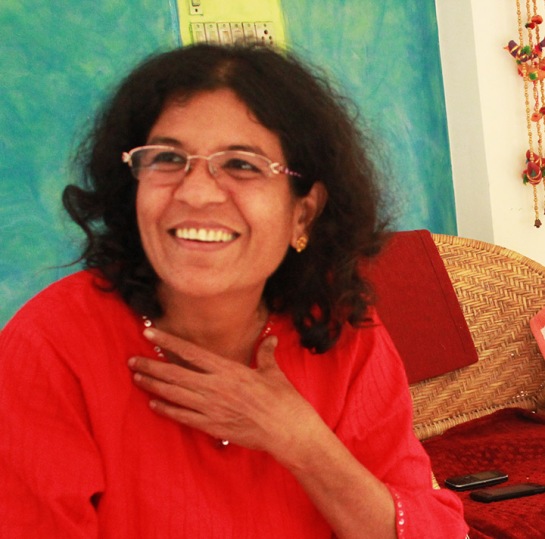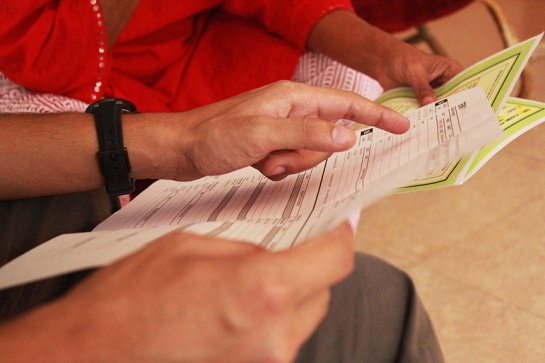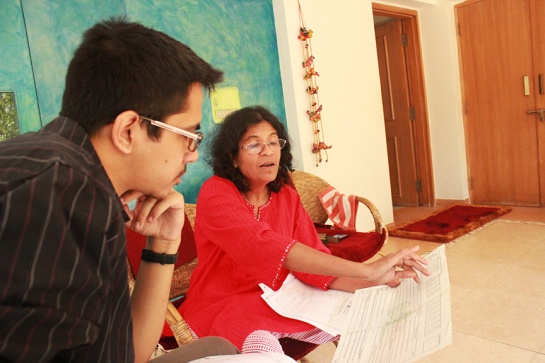For the third round of design validation, with the help of Mr. Noble Thomas of DPS Bopal, we conducted a group discussion with teachers who are also parents of students in classes 6,7 and 8. It was an information group discussion meant to provide valuable feedback on the design of the report card and to open up a debate around student evaluation from both perspectives.
The discussion was conducted with a group of seven teachers, and to start it off, I explained to them in brief the problems my research had shown (specific to the report card).
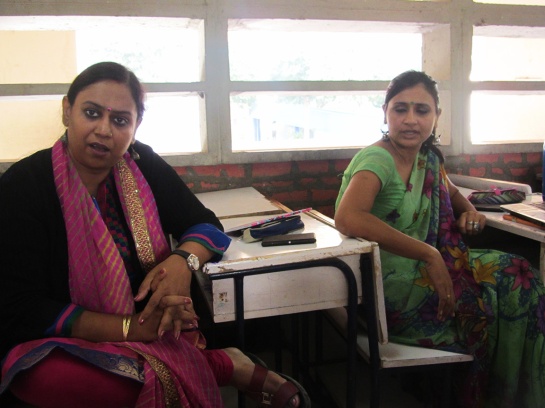 As has been the case with the feedback on the report card with other parents and teachers, the positioning of the grading scale next to the corresponding sections of the report card and the horizontal alignment of the two terms was greatly appreciated.
As has been the case with the feedback on the report card with other parents and teachers, the positioning of the grading scale next to the corresponding sections of the report card and the horizontal alignment of the two terms was greatly appreciated.
They brought to light the fact that although projects were inducing stress on parents, and in some cases, students were buying projects from various sources—it was fostering a culture of cross-subject learning, as students were required to apply their learning from different subjects to create projects and presentations on topics such as female foeticide.
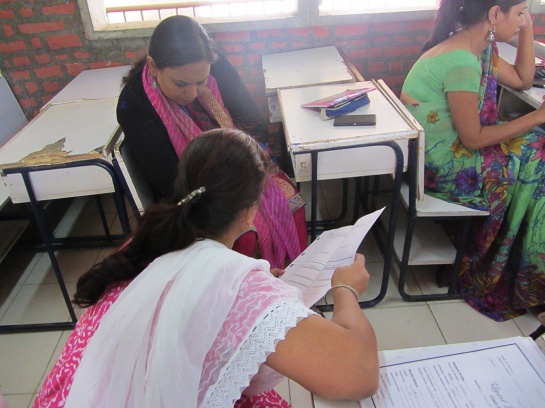 There was a unanimous consent about the fact that the co-scholastic indicators were extremely fuzzy and both confusing and not fruitful for students and parents. The CBSE mandate that nothing negative should be written in the descriptions limited the teachers’ ability to give correct feedback and often there is a mismatch between the grades and the written description. As parents, they did not pay attention to the section at all, unless in the case where the student is not strong academically and these indicators helped him or her get a better overall grade.
There was a unanimous consent about the fact that the co-scholastic indicators were extremely fuzzy and both confusing and not fruitful for students and parents. The CBSE mandate that nothing negative should be written in the descriptions limited the teachers’ ability to give correct feedback and often there is a mismatch between the grades and the written description. As parents, they did not pay attention to the section at all, unless in the case where the student is not strong academically and these indicators helped him or her get a better overall grade.
My take on the overall grade, that it is not an accurate representation of student learning was completely rejected, as teachers said that it helped them in understanding the position of students in their class, and created a benchmark and motivated students to work harder to fall into the performing students category (A1 / A2 grade). However, they agreed that it does induce a sense of competition and labels students but that is not a big enough reason for the overall grade to be removed from the report card, as such.
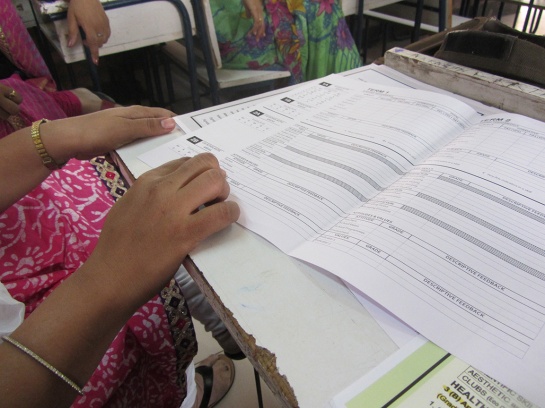 The last thing that was appreciated was the inclusion of the “Teacher’s Message” where they felt that parents and students would only take that bit seriously in terms of what the teacher had to say—it also becomes memorable to some extent for the students. It is more effective and meaningful than the automated sentences listed out to be filled in the descriptive indicators.
The last thing that was appreciated was the inclusion of the “Teacher’s Message” where they felt that parents and students would only take that bit seriously in terms of what the teacher had to say—it also becomes memorable to some extent for the students. It is more effective and meaningful than the automated sentences listed out to be filled in the descriptive indicators.
This round would successfully end the design validation stage. I would now be preparing a document of the research, insights and design outcome to present it to the CBSE with an aim to call for a debate and critically reason the methodology of student evaluation and the requirement of appropriate tools and resources for parents and teachers to make student evaluation a far more useful process to aid student learning.
